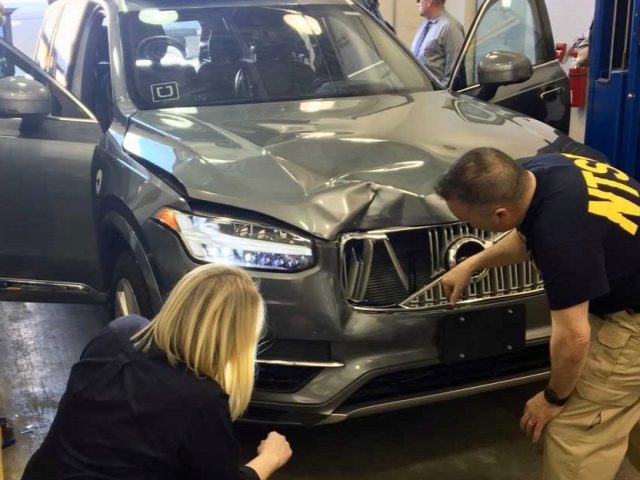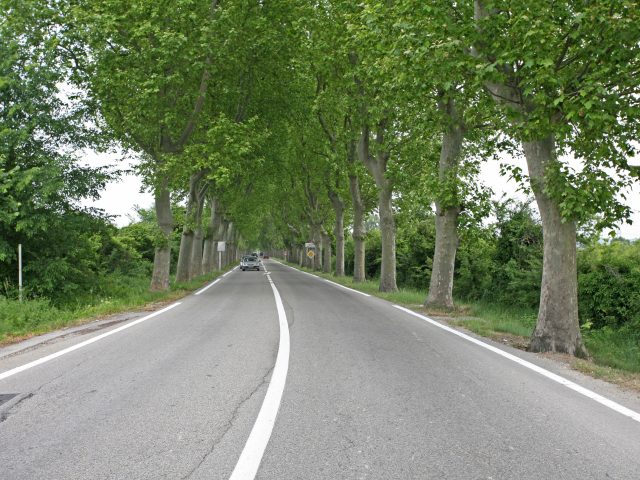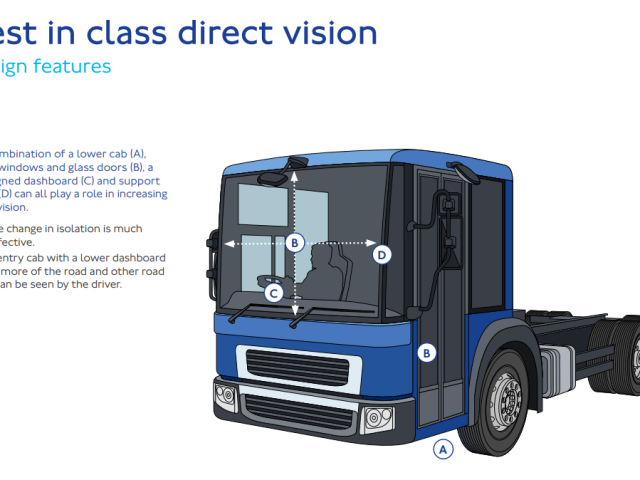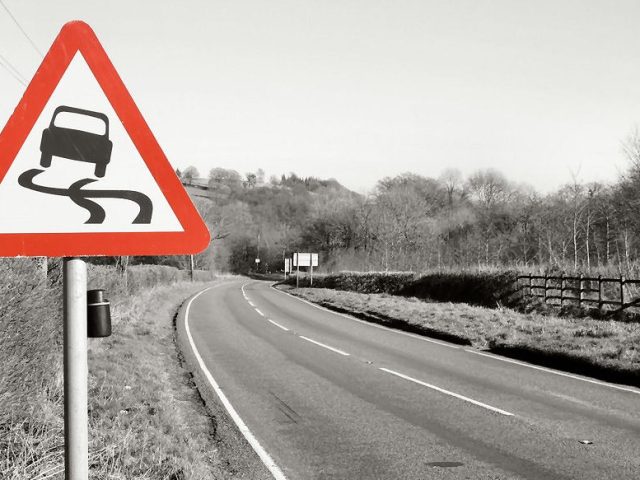The Role of Education in Reducing Deaths among Children and Youngsters in Europe (LEARN! Flash 2)
More than 11,000 children and youngsters have been killed in road traffic collisions over the last ten years in the European Union. In 2020 alone, 809 children and youngsters died on European roads.
On average, in the 23 countries of the EU for which data was available, the road safety of children and youngsters has improved faster than the road safety of the rest of the population. While road deaths among the adult population decreased by 35% during the previous decade, the mortality of children decreased by 46% and that of youngsters by 43%.
Children and youngsters however do not benefit from the same level of safety everywhere in Europe. For example, the road mortality of children and youngsters in Bulgaria is over seven times higher than in Norway.
Road mortality increases steeply as of the age of 14, when youngsters gradually travel independently and some acquire access to motorcycles . The age group of 15-17 year olds accounts for 50% of all road deaths under the age of 18 years. Moreover, one in every five deaths among seventeen-year-olds results from a collision on the road.
The road mortality of children and youngsters is predominantly a boy problem, as they account for two-thirds (66%) of road deaths under the age of 18. This gender divide increases with age, with boys accounting for 77% of road deaths among 17-year-olds.
Improved knowledge of how children and youngsters are killed in traffic help devise targeted interventions, including appropriate training and education policies. It is vital that every measure is taken to improve the safety of children and youngsters on European roads.
In addition to improving vehicles, infrastructure and enforcement, traffic safety and mobility education has an important role to play in making Europe’s roads safer for children. As the LEARN! project aims to improve traffic safety and mobility education, part II of this LEARN! Flash report provides recommendations on what can be done at EU, national, local, school and educational project levels to improve the provision and quality of traffic safety and mobility education.
The report is published as part of the LEARN! (Leveraging Education to Advance Road safety Now) project, by the European Transport Safety Council (ETSC), the Flemish Foundation for Traffic Knowledge (VSV) and Fundación MAPFRE, and aims to improve the quality of traffic safety and mobility education across Europe. More information on the project is available at: www.trafficsafetyeducation.eu
The picture used above is from the Finnish Road Safety Council (Liikenneturva), made by Nina Mönkkönen, and available on Liikenneturva’s Flickr page.








